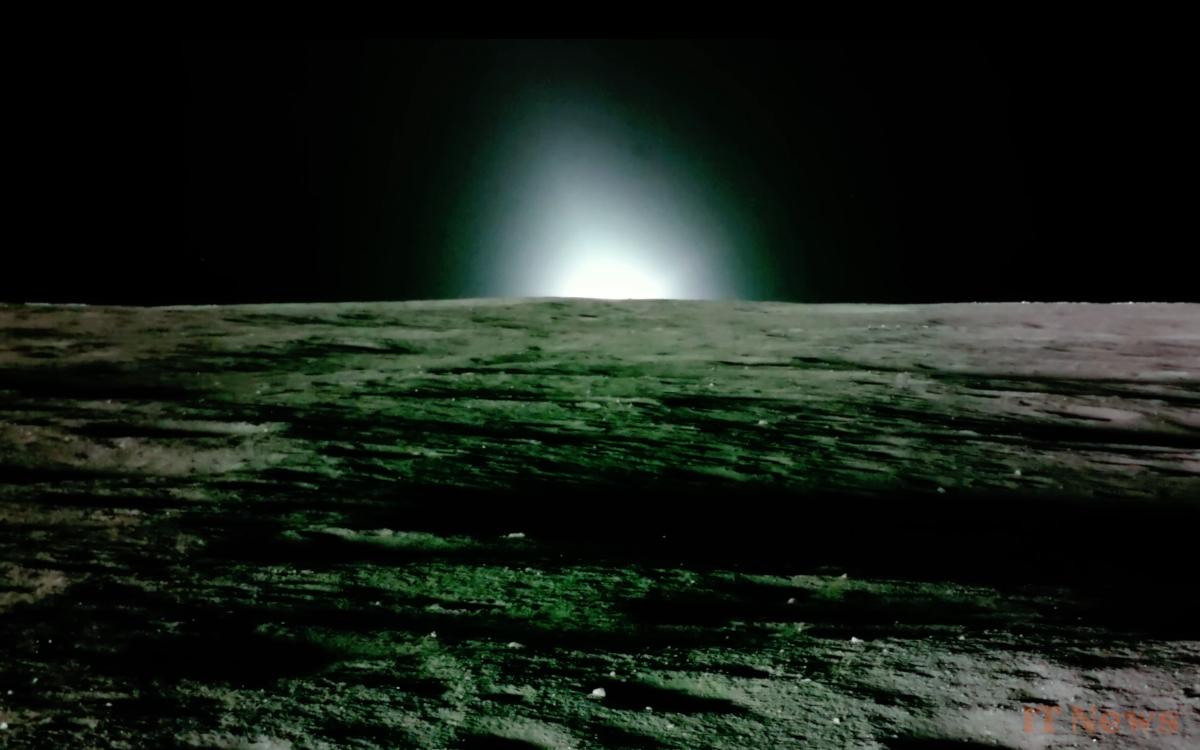A private lander filmed the sunset from the surface of the Moon. These unique images show the arrival of the icy darkness that ended its mission. This moment marks a historic advancement for space exploration.
Watching a sunset is always a fascinating spectacle, but on the Moon, it takes on an even rarer and more impressive dimension. Unlike on Earth, where Day and night alternate every 24 hours, a lunar day lasts approximately 28 Earth days. This means that when it is daytime on our natural satellite, the Sunlight illuminates its surface for approximately 14 days. Conversely, when night falls, temperatures plunge well below -170°C, making any activity extremely difficult.
The Blue Ghost lander, developed by the company Firefly Aerospace, managed to capture this unique moment on video before shutting down. This module, powered solely by solar panels, landed on the Moon on March 2, 2025, as part of a NASA-funded mission. For two weeks, it conducted several scientific experiments and photographed the lunar surface. But when the Sun disappeared below the horizon on March 16, the lander lost its power source and stopped to operate.
Blue Ghost captures never-before-seen footage of a lunar sunset before shutting down
The footage filmed by Blue Ghost is the first in high definition to show a sunset on the Moon. It reveals the gradual descent of the Sun behind the cratered horizon, slowly transforming the lit surface into an expanse plunged into darkness. This phenomenon is not only spectacular, but also offers valuable scientific data. Researchers will be able to analyze the scattering of light on this star and better understand the illumination conditions, essential information for preparing future manned missions.
During its mission, Blue Ghost also collected samples of the lunar soil and measured the subsurface temperature to better understand the environment of our natural satellite. Its decommissioning was planned, as it was not designed to withstand the extreme cold of the lunar night. Although Firefly Aerospace is hoping for a miracle and will attempt to reestablish contact when the Sun rises at Although the lander is back in the landing zone, its chances of survival remain very low. This mission nevertheless marks a major step forward in the exploration of our natural satellite by private companies, proving that commercial vehicles can operate effectively on its surface.




0 Comments